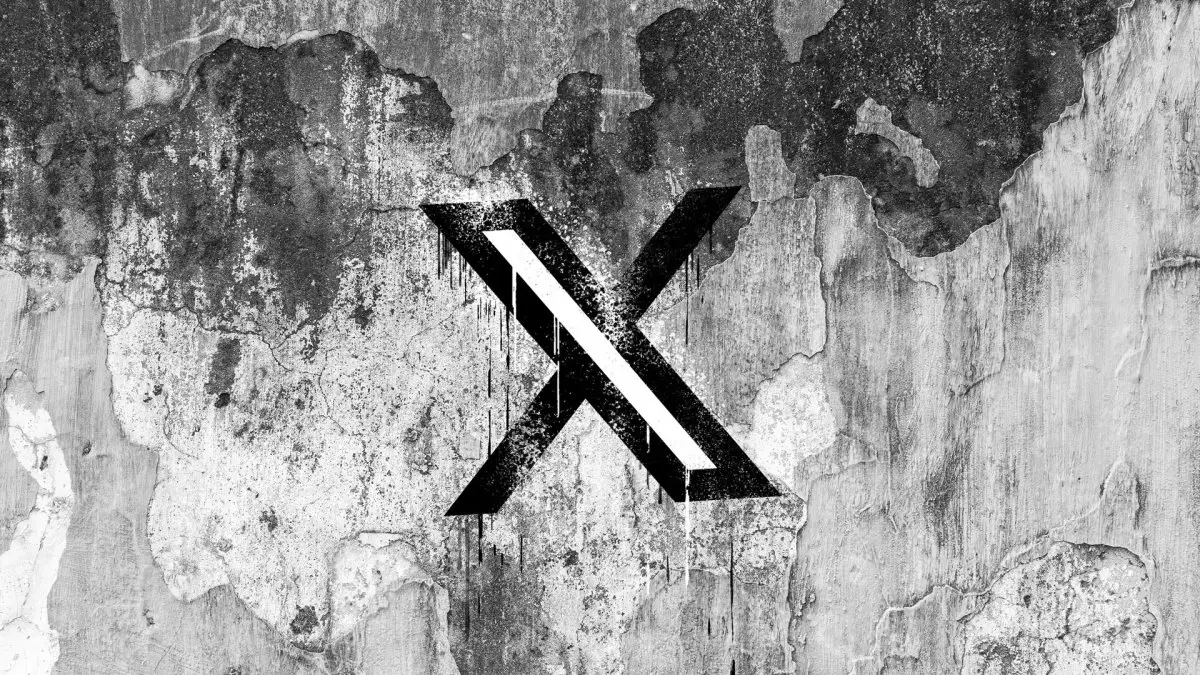Recently, X has ignited a firestorm of controversy with its latest update to the block feature, which fundamentally alters how blocked users interact with the platform. Previously, when a user blocked another, they effectively severed any connection—blocked users could not see the blocking user’s posts, nor could they gather any information about their connection to the network. However, the latest update allows those blocked to view public posts, leaving many feeling exposed and unsafe. This has raised significant concerns over user privacy and safety, particularly for individuals who rely on blocking as a protective measure from harassment.
Following the announcement of this update, a wave of protests emerged from the user community. Many users expressed their discontent through various channels, emphasizing that the ability for blocked individuals to see posts could lead to stalking and other forms of harassment. The outcry centers around a fundamental aspect of the online experience: the need for personal space and the ability to shield oneself from unwanted attention. These changes provoke an ethical question: Should social media platforms prioritize transparency over personal safety?
X’s rationale behind this update portrays an intention for increased transparency regarding user interactions. The company argues that the block feature has historically been used to conceal harmful or damaging information. However, this stance seems misguided when users have the option to make their profiles private. The new policy sends mixed messages; while X promotes openness, it simultaneously undermines the protective measures its platform provides. Users are now left to navigate a maze of conflicting principles, potentially altering their online behavior in negative ways.
Concerns Raised by Experts
Many tech experts and advocates have condemned this change as reckless. For instance, software engineer Tracy Chou has been vocal about the risks of making it easier for harassers to access their targets. Through her advocacy, she launched an app aimed at automating the block function to reinforce user safety, which underscores the severity of the issue at hand. Chou noted the importance of introducing barriers to unwanted interactions, arguing that “Making it easy for the creeper to creep is not a good thing.” Her comments encapsulate a growing sentiment that X’s update might erode hard-fought safety measures on social media.
As X rolls out its controversial update, it is essential to critically assess the implications it bears on user privacy and safety. The backlash from users and experts alike calls attention to the necessity of prioritizing personal safety over corporate transparency. As users navigate through an increasingly complex social media landscape, platforms must ensure that boundaries are respected and that the tools designed for protection remain robust and effective. The future of social media hinges not just on connectivity but also on the well-being of its users; therefore, updates like this must be approached with caution and a clear understanding of their potential ramifications.

